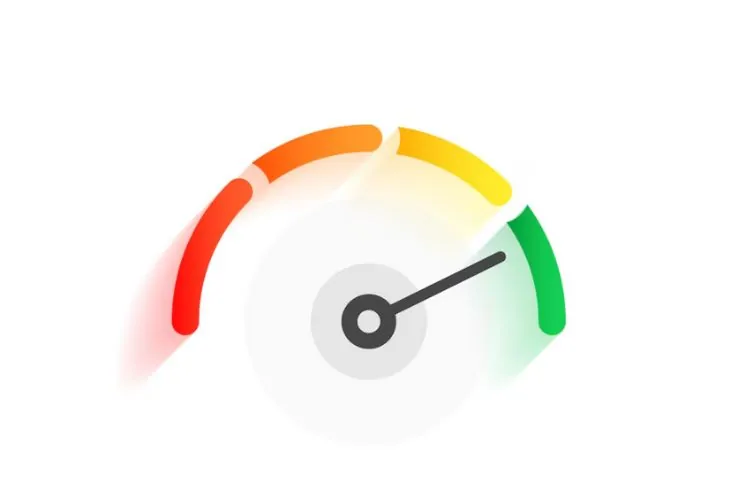To make maintenance quite clean, scalable, and efficient as well in a codebase, developing reusable components in React applications is the key. There is reduced redundancy, improved maintainability, and easier development by reusing components. This tutorial shows how to make reusable React components and outlines best practices in developing flexible and adaptable components.
1. What Are Reusable Components in React?
Reusable components are used so frequently and widely that they avoid duplication of the same code in various places of an application. Components are adjustable props, meaning that they may be adapted to different contexts. For example, a button component can be reused by passing varying texts and colors or actions using props, eliminating the need to write similar code for each one.
2. Designing Reusable Components
Components have to be flexible and also generalized to bring about effective reusable components. A few best practices are as follows:
- Use Props to Customise: Props make your components dynamic and customizable. The same component can be used in different places, each time with a different value.
- Avoid Internal State: Components should be as stateless as possible. Worrying about the state outside the component or propagating the state up to a parent makes it much more flexible and reusable.
- Single Responsibility Principle SRP: A component should have one reason to change; otherwise, it’s harder to maintain, test, and debug.
3. Breaking Down the UI into Components
Start with the UI and break it down into smaller parts. For instance, the user profile page may be divided into smaller pieces like UserAvatar, UserName, and UserBio. This way, it might be easier to maintain because you are essentially reusing components across different sections of the app.
4. Using Composition for Complex Components
Rather than passing many props to a single component, employ composition to combine several smaller components into larger ones. For instance, create a Card component composed of a CardHeader, a CardBody, and a CardFooter with content passed as children. Composition has greater flexibility while doing away with the notion of prop drilling; in this case, components become more reusable.
5. Default Props and Prop Types
Using default props and prop types improves usability and predictability:
- Default Props: Set default values for props to ensure components behave as expected, even if certain props are not provided.
- Prop Types: Specify the expected data types for props to catch errors early during development and ensure the correct data is passed to components.
6. Managing State in Reusable Components
While stateless components are preferable, there are times when state management is necessary. Keep state minimal and, when needed, lift state to a higher-level component or use global state management tools like Redux or Context API. This ensures your components remain reusable without becoming tightly coupled to their own state.
7. Testing Reusable Components
Testing is important because reusable components need to work as one would want them to, so that each unit works fine, and components work when integrated. Test the edge cases: missing or incorrect props, to ensure robustness and reliability of your components.
Conclusion
Effective usage of props, avoiding the internal state, composing with some pattern, validation of props in making reusable components of React makes it scalable and maintainable. Further testing would definitely ascertain the functionality of the components against all possible use cases.
Using reusable components will help improve development efficiency as well as making your React applications modular and easier to maintain over the longer term. It is a fundamental practice for building modern, high-performance web applications.














